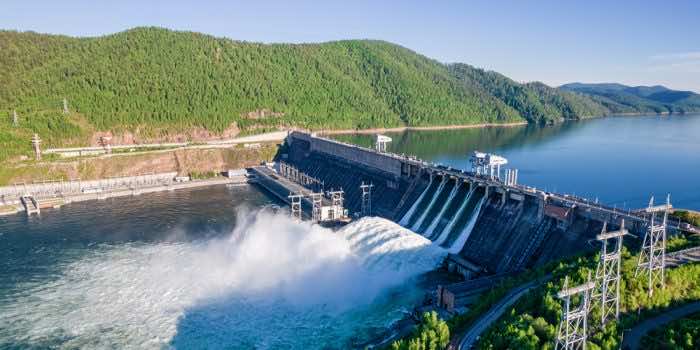A worldwide shift to renewable energy sources has become imperative to minimize the effects of climate change. Over the past decades, engineers and scientists have been working rigorously to provide sustainable solutions. These renewable power sources provide 26% of the world’s electricity and are set to reach 30% in the next two years.
With modern engineering shaping the future of renewable energy, mechanical engineers and scientists work to develop new technologies for harnessing and storing power from natural resources like sunlight, water, and wind. Although most of these methods have been used for decades, only in the 21st century has progress become faster. There have been massive improvements to the existing techniques, and there are more to expect, such as the following:
- Accelerating Improvements In Solar Energy
Solar energy is deemed the most accessible renewable energy. There have been drastic improvements in the system’s capacity for the past over the years. Plus, a whole solar setup is now more affordable, making it available for household installations.
Although the current technology on solar energy harvesting is efficient enough, engineers are still working to develop ways to make it more cost-effective, reliable, and accessible. For instance, you can now find the best portable solar panels UK suitable for RV living and camping. They’re made of durable yet lightweight material, efficient for providing electricity even in remote places.
Although, one concern in accelerating the improvements in solar energy is power storage. An excessive amount of energy might go to waste without high-capacity batteries to store it. On the other hand, installing more batteries can make the system more expensive. However, experts are developing more affordable solutions, expecting the solar power system to be 35% cheaper by 2024.
- Increasing The Capacity Of Wind Energy
Harnessing wind energy has been done for centuries. In 5000 BC, people used the wind’s force to propel boats. In 1887, the first wind turbine to generate electricity was invented, and experts have worked to improve it with modern technology.
Engineers have been working to build larger wind turbines. Increasing the blades’ length and the towers’ height can increase the electricity generated. The largest wind turbine generates 14MW of power and is located in The Netherlands. Many counties are expected to follow this step by improving the capacity of existing turbines and building more of these sizes.
One more improvement the experts are working on is the sustainability of materials used for building wind turbines. The shift to recyclable materials can prevent the production of 43.4 million metric tons of waste. While developing more sustainable materials, many agencies focus on recycling and repurposing the existing scraps instead of letting them sit in landfills.
- Utilizing Compost For Biogas
Waste management is one of the world’s largest problems. The growing amount of food waste is a great cause for concern, especially for dense cities. While reducing the rubbish can solve many problems, experts have developed another solution that could benefit many.
Composting is an efficient method of managing organic waste. Scientists and engineers are developing ways to harness its potential for producing biofuel for heat and electricity. While fuel from combusting biomass has been adequate for decades, it’s not sustainable. The environmental impacts, such as the emission of greenhouse gases and fossil fuel consumption, are reasons to find better ways.
Even in its early developments, the utilization of biogas at home is growing in popularity. For instance, through the help of a bio-digester, you can get free fuel for cooking and heating.
- Enhancing Hydropower Efficiency
Hydropower is one of the most widely-utilized renewable energy sources. It involves building a dam to divert the natural flow of water and use its kinetic energy to produce electricity. It’s one of the most remarkable contributions of engineering to the future of sustainability.
Although hydropower has been used for decades, there are still expected improvements in the coming years. One of the latest upgrades is the development of closed-loop hydropower. It allows building reservoirs off-river and utilizes continuous water circulation.
- Developing Wave-Energy Converters
Ocean waves are another form of renewable energy. The motion of the water produces energy that can be harnessed to produce electricity. It’s one of the most sustainable resources since the Earth’s surface is about 71% water. Utilizing this abundant energy source could be the next big thing following solar and wind power.
The development of wave-energy converters is still in its infancy. However, mechanical engineers and scientists tirelessly work together to make it usable within the next few years. Since the energy produced depends on the size and frequency of the waves, it’s imperative to develop a device and system that can maximize the amount of power harvested.
Conclusion
Engineering is certainly helping shape the future of renewable energy. Experts continuously work to develop new systems and improve the existing ones to prepare for a gradual shift to sustainable energy sources. These changes are necessary for conserving the planet’s resources and sustaining life for the years to come.


